We're sitting in the backpacker district of Phenom Penh, a dodgy-at-best street in the Boeng Kak lake area, the kind of place that you can sit in a restaurant called I (heart) Fish & Chips, eating Indian curried chicken, watching the Nat'l Geographic Wild Channel, and listening to Bob Dylan's Christmas album overhead; if you are so inclined, there are Happy Shakes to be had, and even Herbal Pizza. Such are the characteristics of a good backpacker's neighborhood.
Arriving in Cambodia was an experience in itself. We had a great time in Can Tho, Vietnam, spending three nights there, more than we'd planned. It was a good city, not too crazy but with a vibrant feel to it, especially on its riverfront. Reluctantly we kept going, to the border town of Chau Doc. I'm not usually so final about a decision on a place, but frankly we just didn't like the place at all. It might have been the minibus ride, where we were crammed into a minibus so small that we had to put our bags in front of us and spent the three hour trip with our legs on top. It might have been the fact that they dropped us off 3.5 km out of town at a grungy bus station where the tuktuk drivers waited like vultures, demanding $2 for a 5000 dong ($.25) trip, or the busy road we had to walk along when we refused to pay so much. It could also have been the oppressive heat, the shady hotel manager who bumped up the price for AC in our room from $1 to $4 after we'd already settled in, or the ATM that ate our debit card and sent us running in a panic to the bank before we realized it was only an old, expired card, or the fact that the entire city shut down at 9 pm (literally; even the hotel manager was waiting for us to get back from dinner so he could roll down the doors). Whatever it was, or maybe a combination of all factors, we simply did not like Chau Doc.
Anyhow, it was a good thing we left early the next morning. We caught a slow boat that was to take us over the Cambodian border to Phenom Penh (henceforth referred to as PP). It truly was a slow boat, taking nearly 11 hours to reach PP, though a couple of those hours were spent waiting at the border for our visas. Even though 11 hours is just too much for any boat ride, this one was quite nice. It took us along several rivers from Chau Doc, eventually ending up in the mighty Mekong. By this point, the Mekong had gone from a large river to simply massive, its brown waters spread further apart than most lakes I've seen. Amazingly, despite how wide the river was, its flow was so fast, it was a little intimidating, in our relatively tiny boat (roughly 12-seater). I can't imagine the volume of water that passes down the river. It's the end of the monsoon season in SE Asia, so many of the fields we passed were covered in lakes of the brown waters, and the homes that normally were over dry ground were long distances from the shore. Plying these waters, it was amazing to see the poverty that lines those rivers, for although these folks were well prepared for the floods with their boats and homes on stilts, they led a simple lifestyle, without electricity, without plumbing or running water, without any of the creature-comforts we take for granted. It was a view into the lifestyle of that huge percentage of humanity that lives on$1 or less a day; we figured these people probably lived more on a barter system than any monetary system. It was very interesting.
Leaving the boat, we had a 1.25 hr van ride waiting for us before we actually reached PP. Somehow, they crammed the 10 of us from the boat into a smallish van - including all of our backpacks - which might have seemed excessive, until we saw a tuktuk that had 13 people crammed onto it. We felt fortunate then, for we all had our own seats. Then we even saw a similarly sized van so crammed with people that three of them rode on top, and the backend was so packed that they couldn't even close the doors, using rope instead; I was surprised that the van was able to roll at all, as it flew past us. We'd been told that we'd be dropped off at the tour company's headquarters in PP, but we've been in SE Asia long enough you'd think I wouldn't be surprised when we ended up in some crap neighborhood at a hostel, "$5 each for room, cheap, cheap!" We declined, and with two Dutch girls we jumped onto a tuktuk that brought us directly to our neighborhood; our hotel, the #11 Happy Hotel, first showed us a room for $4, but we wanted AC, and that room cost us a whopping $8 (a change from Europe, where we paid $15 each for a bunk room). It was a decent room, there were good restaurants across the street (more of an alley, really), and I was too tired to bargain or keep looking, so at the #11 Happy Hotel we stayed. Actually, I was even happy to have had the LP guide, it was how we knew about our neighborhood; we've been lugging it around for a reason after all.
We got up this morning late, we didn't even bother to set the alarm clock, and had a huge breakfast of pancakes, muesli, and REAL coffee, then bartered a tuktuk driver down to $6 to take us on the 36 km round trip to the Killing Fields (Choeung Ek) museum and then to the Tuol Sleng Museum (the notorious S21 detention center of the Khmer Rouge). I won't go much into details, I don't want to give the wrong impression that we just seek out the most depressing places we can find on our travels. Really, though, unlike similar sites in other countries, these two sites are memorials to an event that goes beyond being part of Cambodia's history, it has defined the past 35 years of it, and continues to do so even today. The events that occurred in Cambodia in the late 1970s, the genocidal reign of the Khmer Rouge, happened in my lifetime, not my grandfather's. That is a shocking thought, that history was being wrought here when I was crawling around in my crib, that mass graves were being excavated while I was learning to read, that the KR still held a seat in the UN General Council and that the Cambodian government that rose from the ashes of the KR was still considered illegitimate by our mighty UN while I was preparing to enter high school. That, to me, is mind-boggling. Maybe that isn't enough of a statement. With all of our power, all of our communication and satellites and technology and wisdom, we couldn't stop 3 million people from being massacred; that is an atrocity in itself.
Something happened that shook Jess and I awake at the Killing Fields, one of those events that you later wonder which stars aligned to allow it, or which circumstances occurred to provide for it. We walked around the place, a shocking enough experience. We started at the stupa there, a tall tower filled with the skulls and bones of victims, a sight that takes your breath away. Then we walked behind it, where the pits still remain from the excavations of the mass graves. Clothing still lies strewn around, in small piles that have emerged as erosion has done its work. In the pathway between the pits, there are bone fragments that have emerged from the footsteps of visitors. It was one such torn shirt and bone fragments that I was trying to avoid stepping on when I heard a man say to me, "They are real. They haven't put any fakes here." I looked up to see a well-dressed Cambodian man, a video camera in his hand, speaking to me.
We struck up a conversation, casual at first as I commented about the place. Then he stunned us both when he said that he was visiting his father, who had been a victim of the KR and had been killed there in that unholy place. The story then emerged that he came from a well-off family, as his father owned a coconut farm and worked in an embassy. When the KR emerged as victors in the civil war, they took his father, who was one of the 17,000 who died at Choeung Ek; the rest of his family went into hiding in the countryside, staying alive by pretending to be peasants. In January of 1979, when the Vietnamese invaded and destroyed the KR, they fled across the border into Thailand, and two years later were able to immigrate to California. He has returned now three times, although he says he is the only one; when others in his family see his videos, they all sob, and his mother can't bear the idea of returning. He comes back to pray, and to see his father, for as a Buddhist this man believes still remains at the grounds and is happy to see a son come visiting.
Sunglasses are a good thing, in a situation like this.
That is what I mean when I say that to visit Cambodia, and to truly understand its existance and its people today, you must have a knowledge of what happened just three decades ago. We just read The Killing Fields, which was enormously informative, I'd highly recommend it. This man and his family had a similar experience to the character in the book. Beyond that, visiting Choeng Ek and Tuol Sleng, and by reading such books, you realize that the KR murdered all of the intellectuals, the doctors, the teachers, the businessmen, the bourgeois as they were called. In the process, they destroyed the intellect of the nation, as well as its culture, its potential, and its history. In that, they partially succeeded in achieving their goal of going back to Year One, the Stone Age. They also succeeded in dumbing down their nation, setting it back to the degree that it will take generations to begin to reach the potential of what it might have been had there never been a Khmer Rouge. We wondered that today: what would Cambodia be like today if that atrocity had never happened?
I can tell you what we have seen here in PP, the capital. On the way back from the Killing Fields, the driver took us through many backroads to avoid the heavy traffic of the main roads. We went through neighborhoods that at first, we said to each other, "This seems like a slum." Then it was clear that it was a slum. Poverty is rampant here, that much makes itself very clear, very quickly. In a country like Laos, people don't have much, but they seem to lack the desperation that usually accompanies abject poverty, they seem to have a peace about them. Here, the poverty has much more of an edge, which is a good way of describing Cambodia in general. My experience in Cambodia is very, very limited, since I've only been in PP, for a single day; still, there didn't seem to be the peace, the general happiness, that we saw in Laos and Vietnam.
Another striking feature of PP is its cars. First, there are many more of them than we've seen in the big cities of Laos and Vietnam. More importantly, they aren't just Ford Pintos and VW Bugs. The vast majority of them seem to be Lexus, Mercedes, or at least high-end Toyotas vehicles, with a hulking, shiny Hummer thrown in every once in awhile. We've read that Cambodia is a country where the rich get rapidly richer, and the poor get rapidly poorer; if these cars are any indication of that, then its's clear the upper crust's complete disdain of the multitudes of poor is rampant. We've had a wild conversation about it, about how there is so much money in this country, obvious from the fancy cars and even fancier shops lining the main drags, and yet there doesn't seem to be any concern for the welfare of those less fortunate. Yet communism is obviously not the answer; we keep finding the results of communism run amok on this trip. Somehow, it seems so hopeless.
Yet, it isn't so bad. We wanted to walk back from the museum, which took us about 1.5 miles through the heart of PP. We came across a large compound, with multitudes of students hurrying out of the gates on foot and on motorbikes, as it was around 5 pm. We then saw that this impressive building, with its equally impressive students, was a huge School of Human Sciences - a med school. When a country begins to educate its people, when it throws off the cloak of darkness that is ignorance and ideology, and when its people begin to care for their fellow countrymen, whether financially or physically, there is hope.
Until next time, be safe.






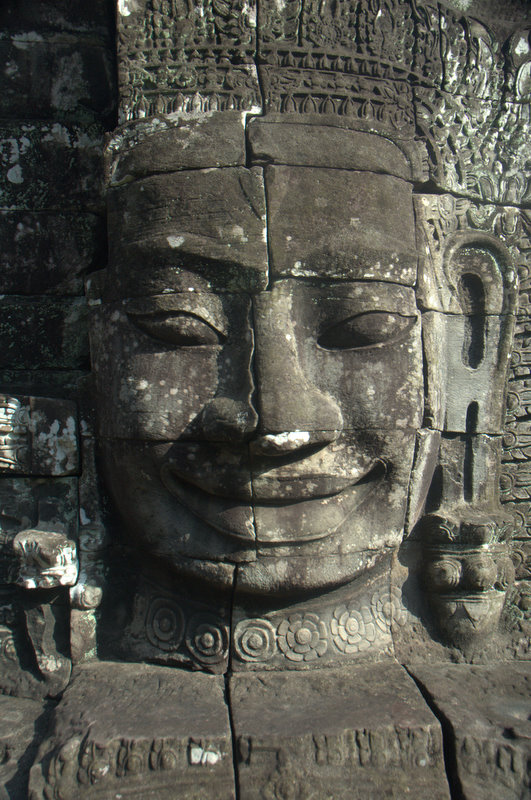
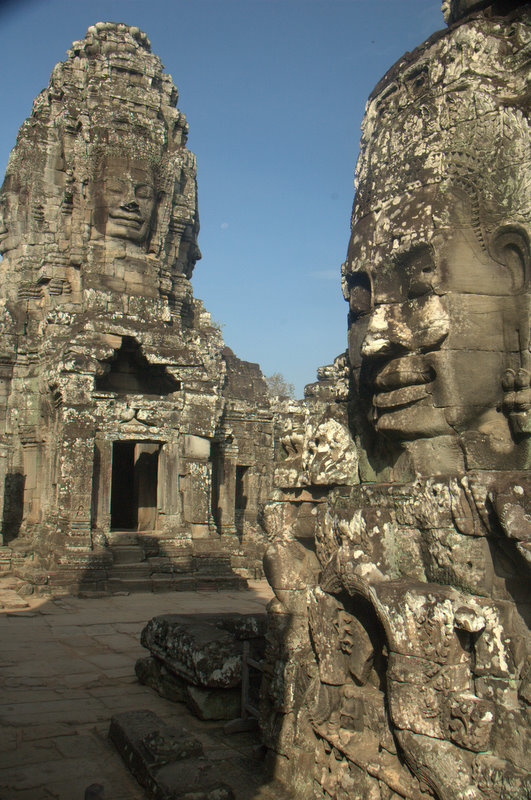




















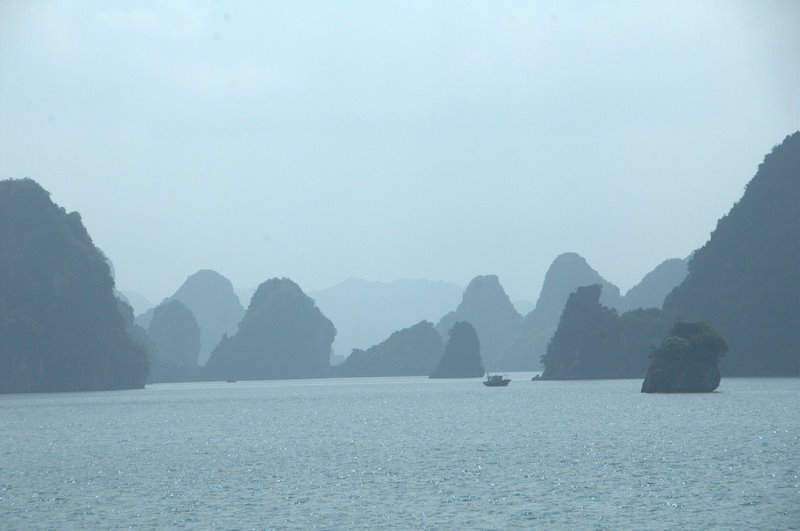

































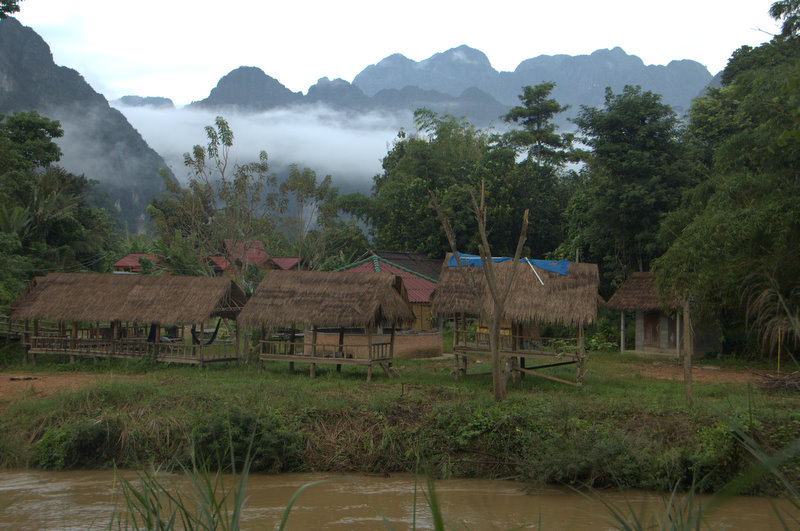


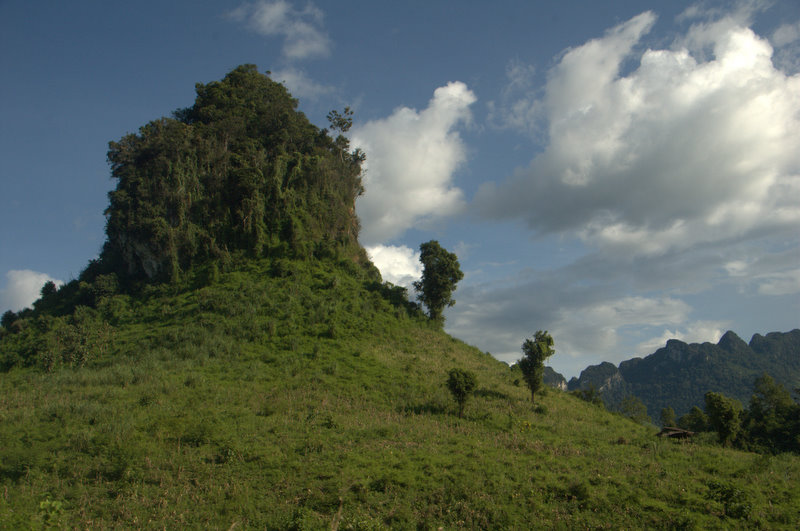
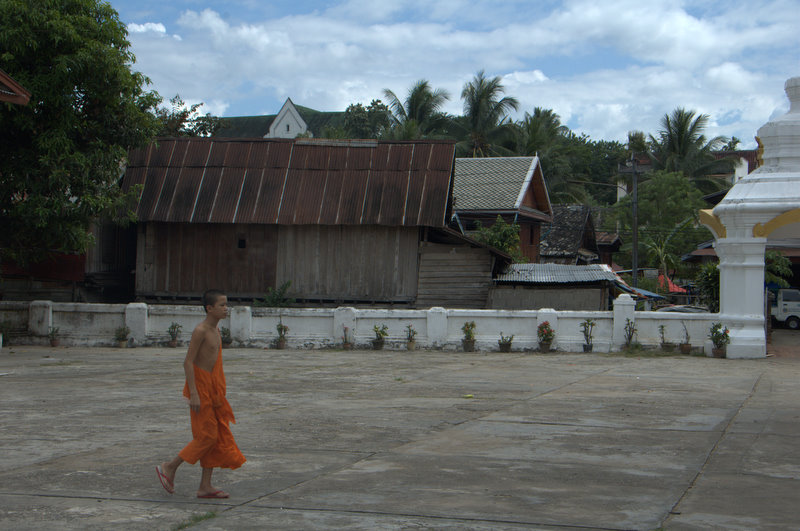

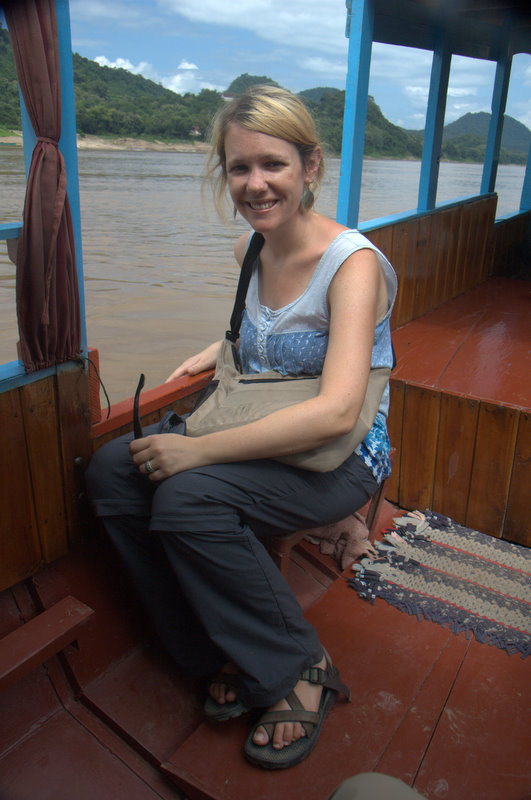



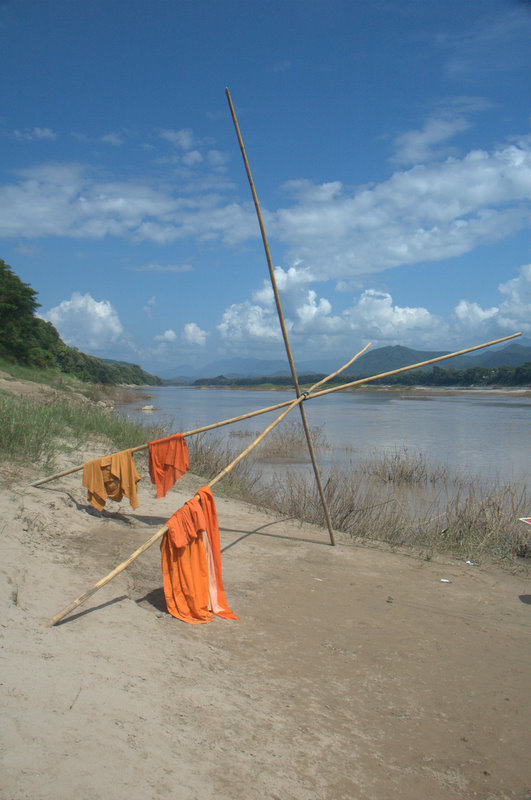
 The Car Equivalent Of Our Last VIP Bus
The Car Equivalent Of Our Last VIP Bus